Raising tomorrow’s eco-warriors
Empowering the young with sustainable foundations

As the world is in the throes of global climate change, words like ‘environmental consciousness’ and ‘sustainability’ no longer remain mere buzzwords; they are concepts essential for our collective future. However, the question now is: How do we ensure the next generation is not only informed but also equipped to tackle the challenges of climate change head on?
Early exposure & experiential learning
Education isn’t merely about amassing information from a plethora of textbooks. The key to learning lies in the daily experiences of the young; landscapes they explore, sounds of nature they absorb with perked-up ears, muddied hands, scraped knees, swinging from branches of trees, wild thorns and pebbles pricking soft feet, and striking up conversations with nature and the people in it.
Witnessing the drama of life.
During these formative years, brimming with curiosity, a deep-seated bond with nature is established. When fostered, this bond lays the foundation for future environmental action and choices. As we rightly know, “Children disconnected from nature won’t fight to save it.”
The urban quandary
However, the ever-expanding urban horizons present a challenge. In the heart of these bustling metropolises, children are often confined to towering skyscrapers hundreds of feet away from the earth. Laughter of children is often muffled by the cacophony of city life. Their days are punctuated by short stints in structured play zones, where patches of green are overshadowed by looming buildings and metal playground structures. Nothing in the environment speaks to them. The connection to nature is distant, marked by the occasional glimpse of a potted plant or a brief encounter with a passing bird, perhaps supplemented by rare visits to botanical gardens or zoos.
Vision for integrating nature & urban Living
However, there’s a transformative vision that overcomes this divide: a vision where urban environments seamlessly blend with nature and sustainability.
Picture residential communities where lush green spaces are as essential as the homes themselves; allowing children to embrace nature as readily as if they were nestled in farmhouses or retreats in the countryside.
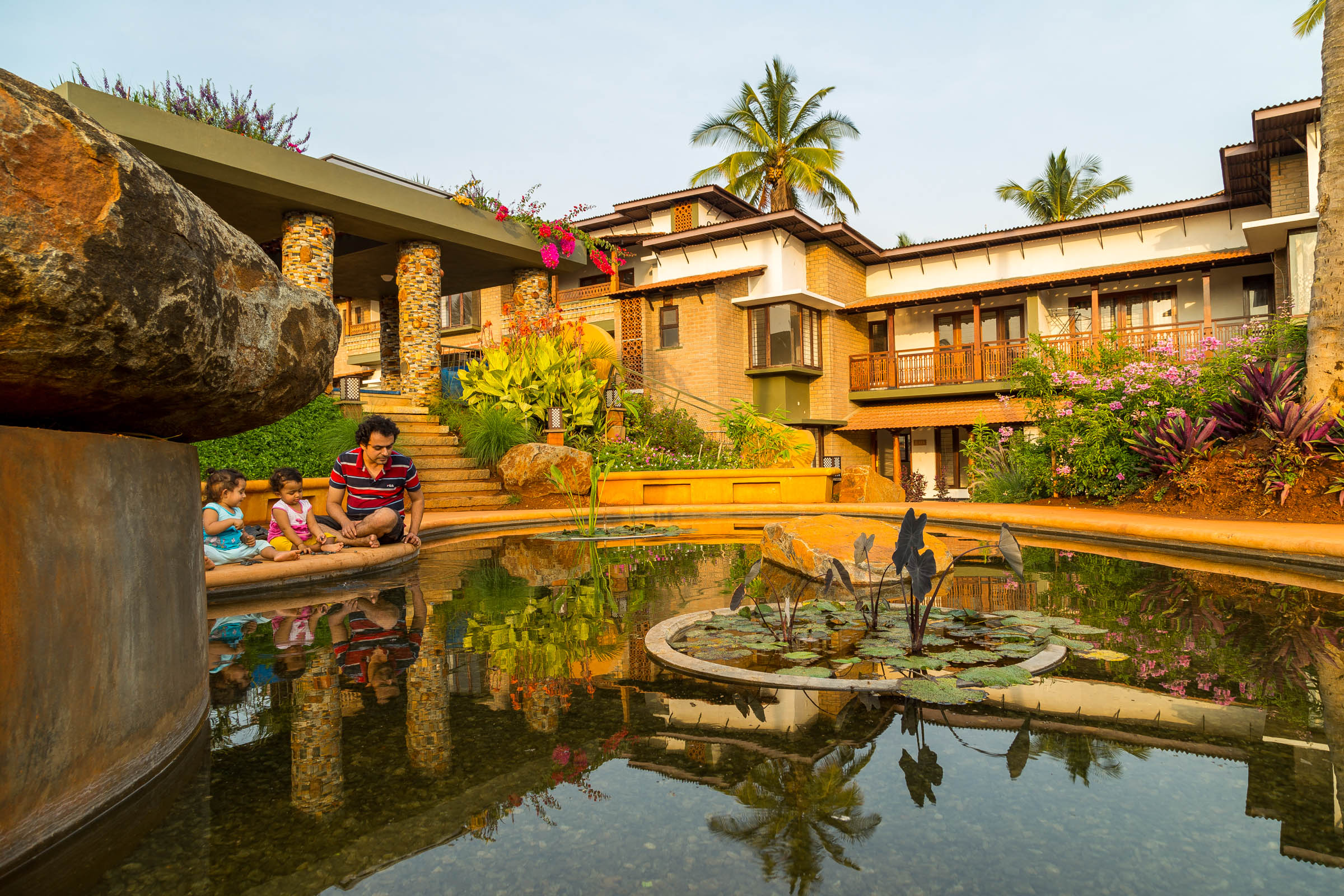
Glimpse of GoodEarth’s Malhar Eco-village
This vision is embodied by conscientiously designed communities like GoodEarth’s Malhar Eco-Village. Malhar isn’t merely a residence; it epitomizes conscious living and sustainable architecture. Here, children flourish amidst natural elements, open spaces, and a deep-rooted respect for the biodiversity around them. It serves as a vibrant classroom where sustainability is a lived experience, not just a catchphrase.

Let us explore the pivotal role of such environments in shaping the next generation’s understanding of sustainability and their profound connection to the natural world.
Rich biodiversity: Trees, birds, and local ecology
Myriad trees, birds, insects, and ponds teeming with fishes offer children a real-time ecological lesson. These aren’t enclosures in a zoo but an intrinsic part of their daily lives. The variety of species, both flora and fauna, fosters curiosity and appreciation. Children who grow up identifying local birds or understanding the significance of certain trees or insects develop a profound connection to their environment. They learn that every creature, no matter how tiny, plays a vital role in the ecosystem. And as beautifully essayed by writer Alice Walker, “Anything we love can be saved.”
Water management and rainwater harvesting
One of the most crucial aspects of a sustainable community is the efficient management of water resources. Here, children don’t just read about rainwater harvesting in books, they see it in action. They witness how rainwater is collected, stored, and utilized for various purposes, reinforcing the importance of every drop. This hands-on exposure ensures they understand the full cycle of water usage. Thus, they are more likely to conserve water and implement sustainable practices in their own lives.
Waste management: More than just disposal
Sustainability is as much about reducing our footprint as it is about giving back to the environment. GoodEarth communities emphasize the importance of waste segregation, composting, and recycling. Children growing up thus are sensitive about their consumption patterns and the waste they generate. This ingrained sense of responsibility towards waste management ensures they carry these values into adulthood, making sustainable choices wherever they go.
Respect for sustainable materials
Living in homes predominantly built from sustainable materials, children develop an innate appreciation for their environment. They touch, feel, and experience the warmth of natural materials every day, fostering a deep respect for the resources the Earth provides. It’s not just about the aesthetics; it’s about understanding the stories, efforts, and values behind each brick, beam, and tile in their home.
Harnessing solar energy
Solar panels are a common sight in sustainable communities, and they are an incredible teaching tool. Children learn about the power of renewable energy sources early on. By seeing solar panels in action — converting sunlight into electricity — they understand that there’s an alternative to the conventional, often polluting, energy sources. This encourages a mind-set where seeking and implementing sustainable energy solutions becomes second nature.
The choice of raising our children in sustainable communities like the Malhar Eco-village isn’t just about picking a residence; it’s a profound decision on the values and principles we wish to instil in the next generation.
By immersing them in an environment where sustainability and respect for nature are woven into the fabric of everyday life, we are allowing these concepts to become internalised, not imposed upon. These children won’t view sustainability as an ‘alternative’ lifestyle or a ‘trend’; for them, it will be the norm.
As they grow, their decisions will be informed by this innate reverence for nature and an understanding of the delicate balance of our ecosystem.
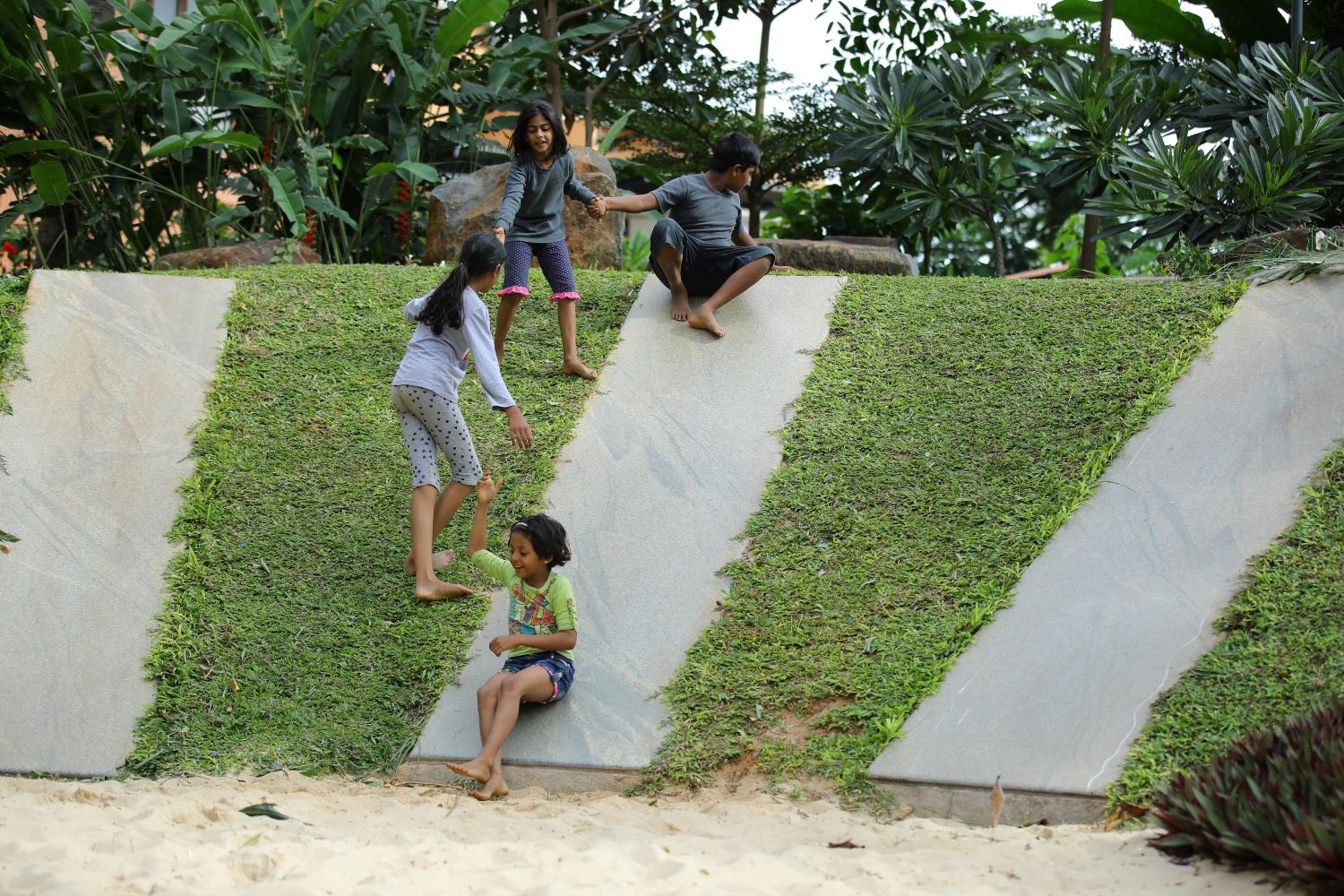
Furthermore, the hands-on experiences they gather from such environments bridge the gap between theoretical knowledge and practical application. Children have the unique ability to absorb information from their surroundings and relate it to their real-world experiences.
By grounding their education in real, tangible encounters with sustainable practices, we are amplifying their learning potential. It’s not just rote memorization; it’s experiential learning built on a bedrock of their daily life, making it richer and more meaningful.
This, in essence, lays the foundation for a deeply-rooted environmental awareness that will guide them in making conscious decisions throughout their lives. As they blossom into the leaders and decision-makers of tomorrow, they’ll do so with an unwavering commitment to our planet’s well-being.
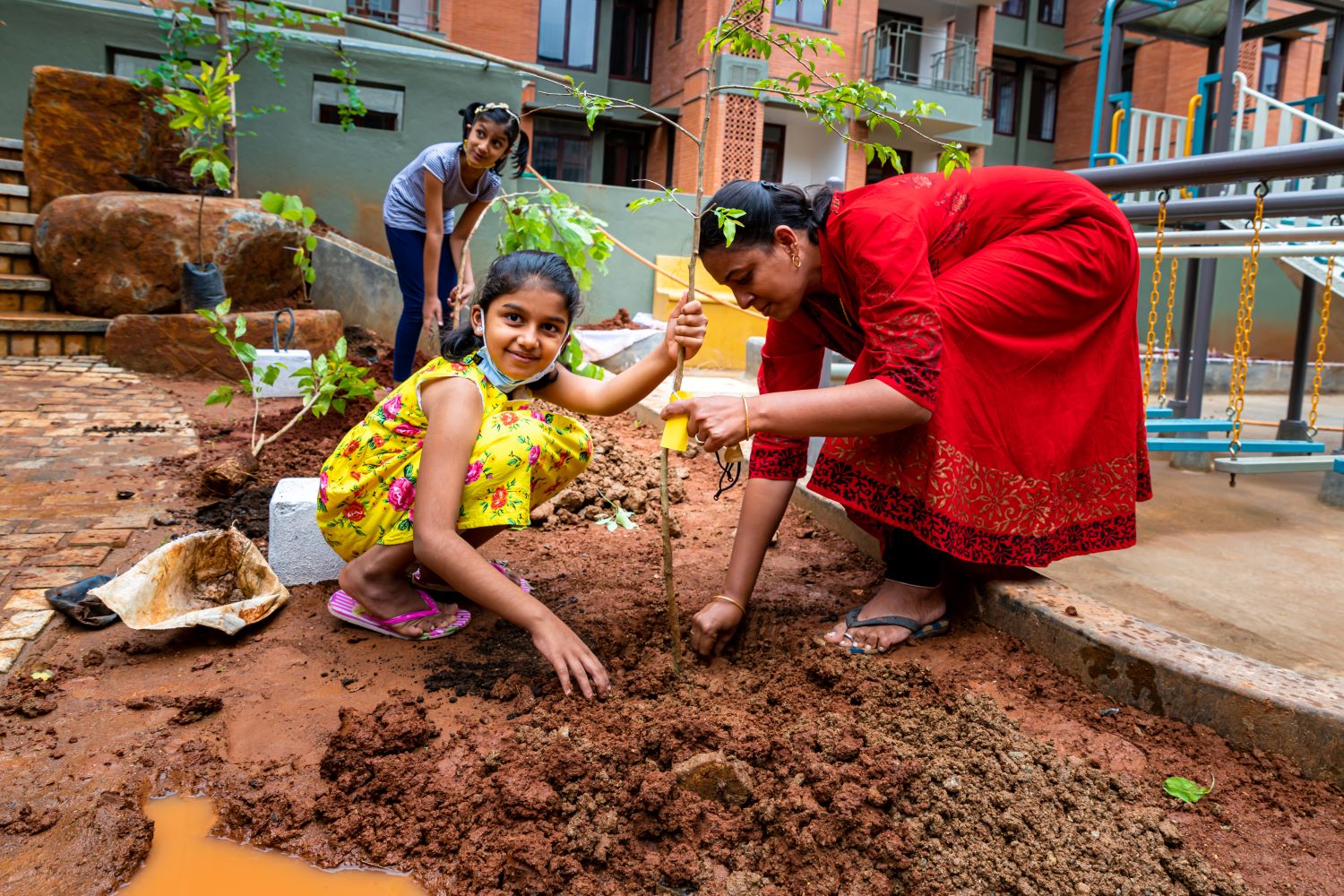
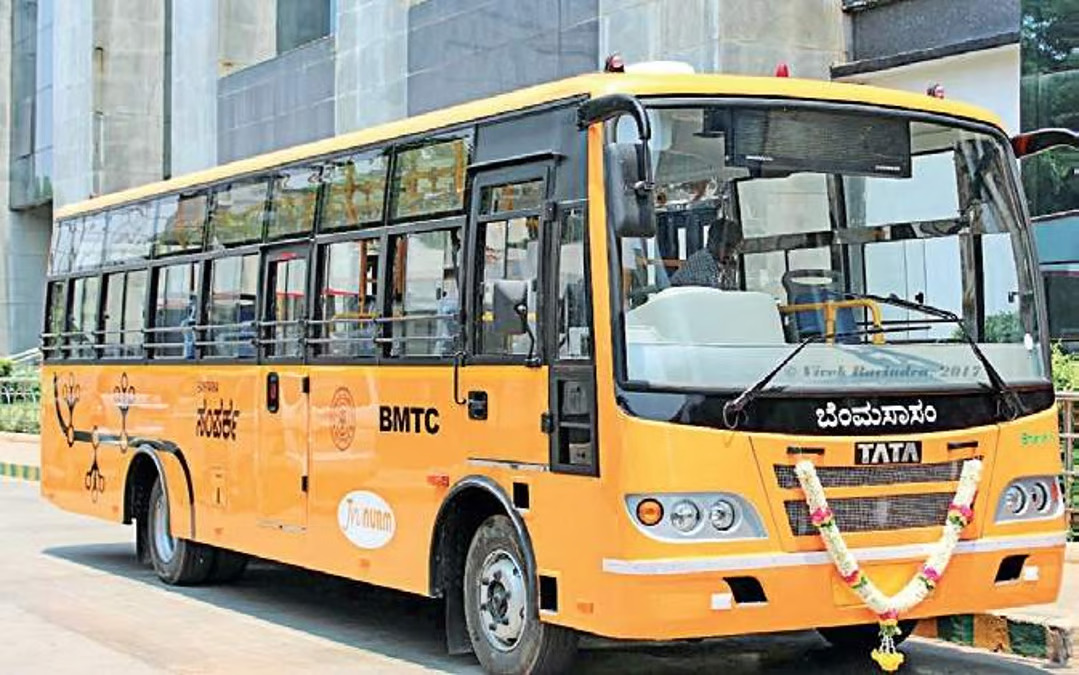
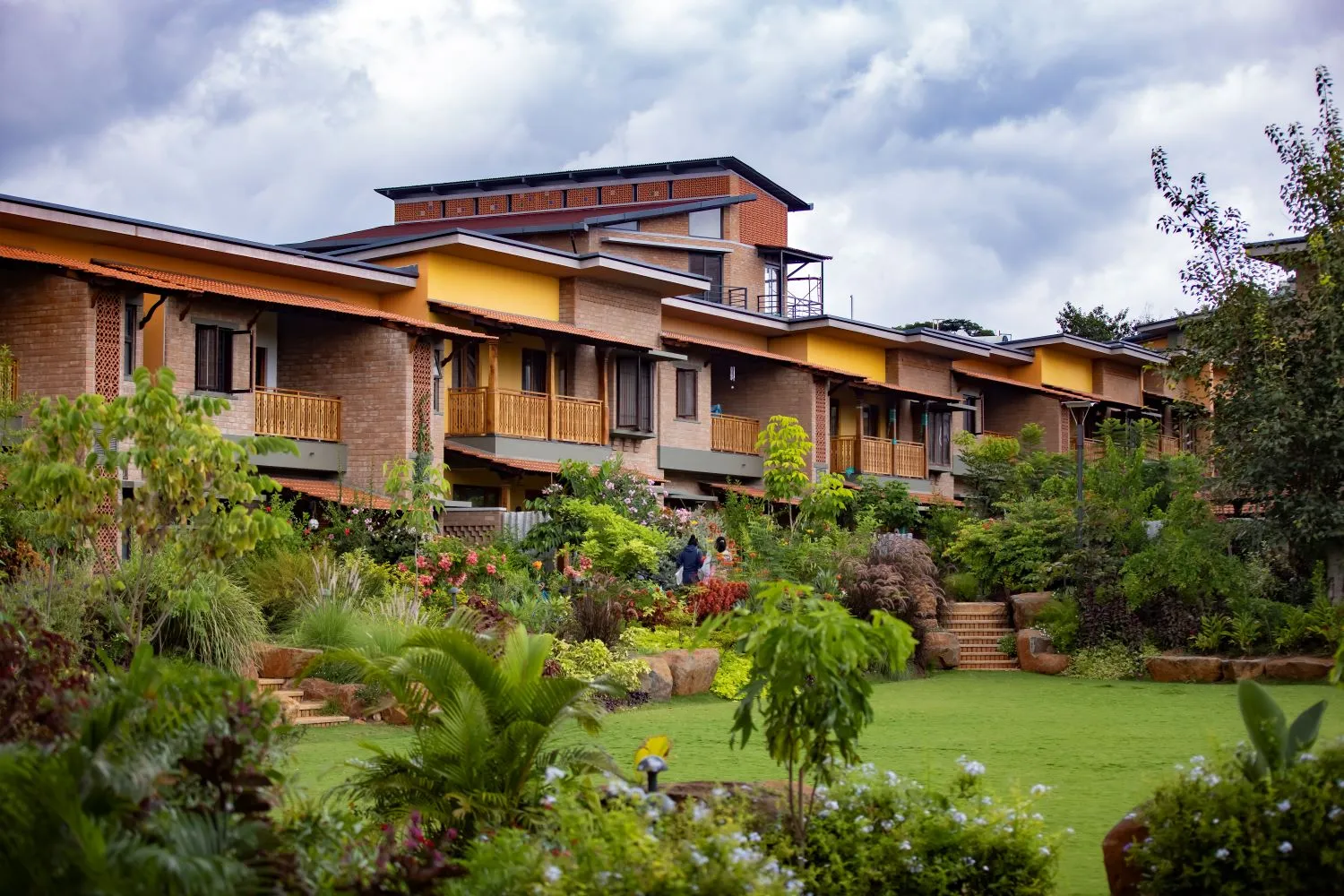
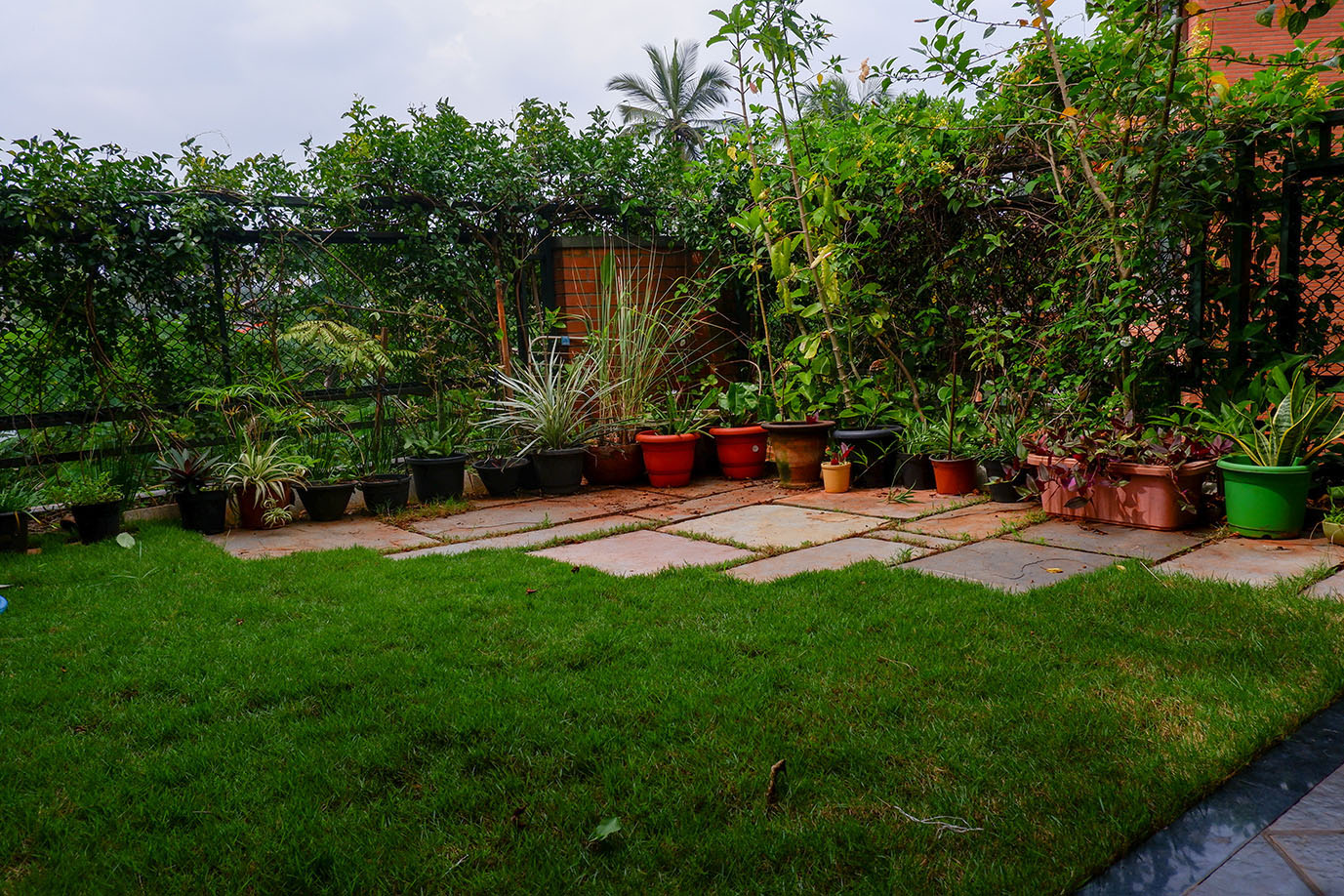
A very well written blog.
Nice blog
Nice blog